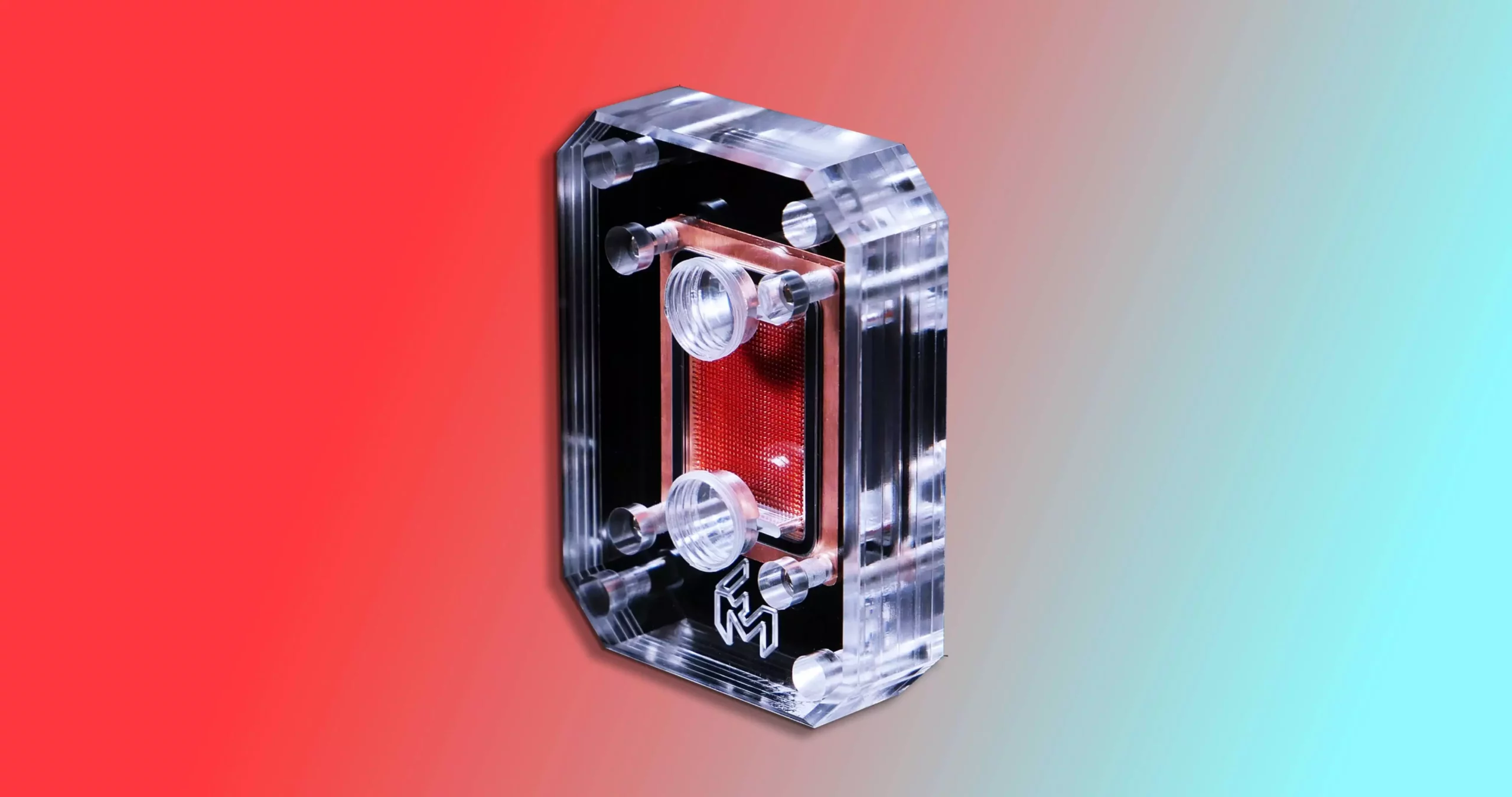In the ever-evolving world of electronics, the underlying principles of design and efficiency are paramount. As hardware progresses, engineers are constantly faced with the challenge of managing heat—arguably one of the most significant enemies of performance. A revolutionary solution has emerged from the halls of Georgia Tech, spearheaded by Dr. Daniel Lorenzini. The startup EmCool is not merely a participant in the cooling technology field; it is a pioneer, showcasing the potential of microfluidic technology to redefine how we approach cooling in high-performance settings.
The Evolution of Cooling Solutions
Traditionally, the cooling of electronic components has relied heavily on direct contact methods and substantial surface area to dissipate heat. The fundamental equation is simple: as power consumption rises due to increased transistor counts, so does the heat generated. The more we push our devices in terms of performance, especially in high-end CPUs like Intel’s i9 series, the more critical cooling systems require innovation. Existing solutions often hit a wall in terms of efficiency, unable to cope with the intense thermal demands of modern processors.
Enter EmCool and its patented microfluidic cooling technology. This potent combination of a waterblock and micro-pin fins operates on the premise of maximizing surface area for heat dissipation. Unlike traditional methods that represent a large-scale version of the same principle, EmCool’s approach delves deeper into the intricacies of fluid dynamics and thermal conduction. By channeling liquids through microfluidic pathways, this technology dramatically enhances the cooling process, pushing temperatures down and subsequently preventing thermal throttling.
A Closer Look at the Microfluidic Block
What distinguishes EmCool’s innovation is its ingenious design—a microfluidic block that does not merely sit atop the CPU but directly interacts with its core components. Though early interpretations may have suggested a somewhat radical merging of chip and cooler through embedded micro-pin fins, the reality lies in a more innovative yet familiar approach. These micro-pin fins arrange themselves within the cooling block rather than the chip itself, enhancing fluid interaction with a greater surface area.
This design offers a significant breakthrough: the capacity for “direct-die contact,” which, while necessitating the use of liquid metal for optimal thermal conductivity, paves the way for far superior heat transfer rates. For those unfamiliar with CPU delidding—an intimidating procedure for many PC enthusiasts—the idea of enhancing cooling efficiency while risking hardware damage seems daunting. However, the payoff, as indicated by benchmark tests like Cinebench R23, suggests that the EmCool system is worth the investment in time and technical prowess.
Real-World Impact and Application
The tangible results of employing the EmCool system in real-world scenarios are nothing short of impressive. As the technology has demonstrated in benchmarking tests, the cooling solution enabled an Intel Core i9 14900K processor to maintain optimal performance within a much safer thermal envelope. The transformation from overheating at 100 °C to maintaining operation at 74 °C without throttling is a striking manifestation of what effective design can achieve.
Naturally, these improvements don’t simply equate to lower temperatures; they translate directly into enhanced performance. In competitive scenarios where every bit of speed counts, such as gaming or high-level computations, the absence of throttling means that users can expect not just performance retention but potential performance gains as the hardware operates within safer thermal parameters.
A Bright Future for Electronics Cooling
As potent as the EmCool technology appears, it embodies a broader message for the tech industry: innovation doesn’t always require a complete overhaul of existing paradigms. Sometimes, the key to advancement lies in understanding and refining existing principles—leveraging physics, surface area dynamics, and fluid mechanics to create something that redefines industry standards.
With the potential to reshape how we think about cooling in electronics, EmCool stands on the brink of a significant transformation in the field. Their solutions promise not only enhanced performance and longevity for computing systems but also encourage the electronics industry to continuously pursue novel pathways that can sustain the relentless pace of technological progress. As we delve deeper into an era defined by performance and efficiency, it’s clear that proper thermal management is not just an accessory; it is a cornerstone of modern electronics design.

